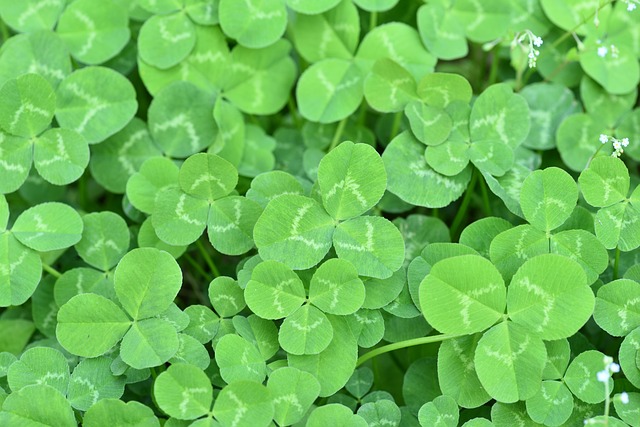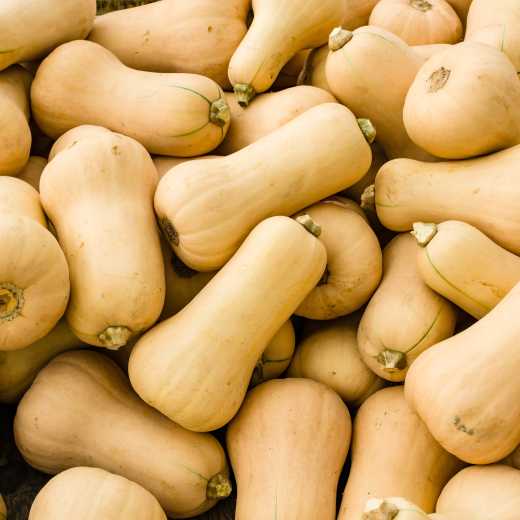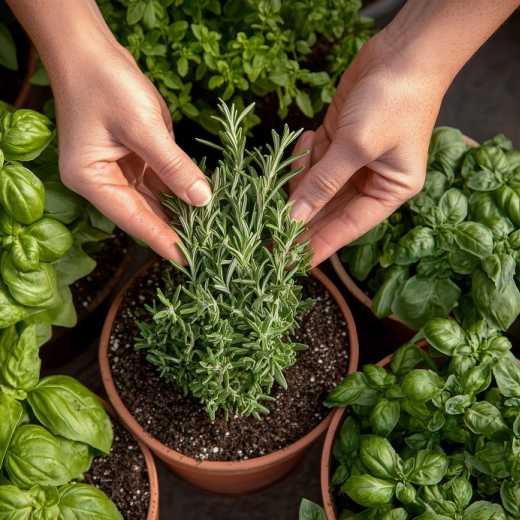White Clover’s Great Adventure: Longer than a Teaching “Moment”

White Clover, Trifolium repens, is a low-growing, nitrogen-fixing, bee-nourishing, pasture-enhancing, prize-fighter of the natural plant world. It has found habitat on nearly every continent, flourishing in rural, natural surroundings, and in suburbia. It has been spotted successfully exploiting the urban jungle: sneaking into concrete planters outside of skyscrapers, migrating through city parks, filling sidewalk cracks, traveling railroad tracks, and springing up to balcony and rooftop gardens.
Long regarded in the United States as a suburban lawn pest, this sturdy plant refused to surrender to an herbicide bashing. Instead, it simply moved next door. Then down the street. And. Then. Gasp! DOWNTOWN to a profoundly human-influenced, dramatically variable ecosystem featuring fragmented plant communities, heat excess, water stress, pollution, and pollinator deficits! Where plants are pressured to evolve heritable characteristics that support species survival. Now, occasionally a 3-leaved white clover will sport 4 leaves on a stem – which many of us regard as a lucky charm. Is that enough to help this tough little plant conquer the city? Maybe. What more?
For one thing, genetic change. White clover produces hydrogen cyanide compound in its leaves and stems, a defense mechanism to deter grazing animals (bitter taste, toxic). Mid-city white clover, researchers have found, produces LESS cyanide than its rural cousins. Why? There’s no more need to protect itself from browsing ruminants. And the thinner winter snow cover common to many inner cities exposes the tiny plants to freezes that could burst its cells, causing it to poison itself with its own cyanide! So nix to “HC” in the city. And white clover’s genetic adaptive processes forged its new identity.
This cyanide phenomenon is common to Toronto, Boston, New York, Bangkok, and Tokyo, suggesting natural selection and parallel evolution are in action. Our plucky little plant teaches us that these inheritance processes can and do happen in urban environments with their own novel ecosystems. Plants can adapt to these new systems and retain some helpful characteristics. And these urban center ecosystems, across the world, can share common features such that thriving species may develop similar traits, from one city to another.
Cities are now seen to contribute to the evolution of plants, so the young field of urban evolution has hypothesized. And this, at a faster pace than Darwin had imagined possible. Is suburbia far behind? And why would any plant want to move downtown in the first place? For the culture? (Hint: Like everyone else in the city, white clover is in a hurry, for genetic diversity and adaptability is at stake.) Stay tuned.
So. Hmm. What’s in your garden?
By the way, hay fever sufferers: Ragweed’s ability to adapt and switch to urban digs also is being studied and making inroads. Keep that hanky ready…
National Garden Clubs, Inc. is a 501(c)(3) organization that aims to promote the love of gardening, floral design, and civic and environmental responsibility. There is a local club near you, click here to find one and join. Subscribe to the NGC’s blog by entering your e-mail here. You do not have to be an NGC member to subscribe. NGC welcomes blog article submissions, e-mail the Blog Administrator at blog@gardenclub.org.

 Member Login
Member Login






